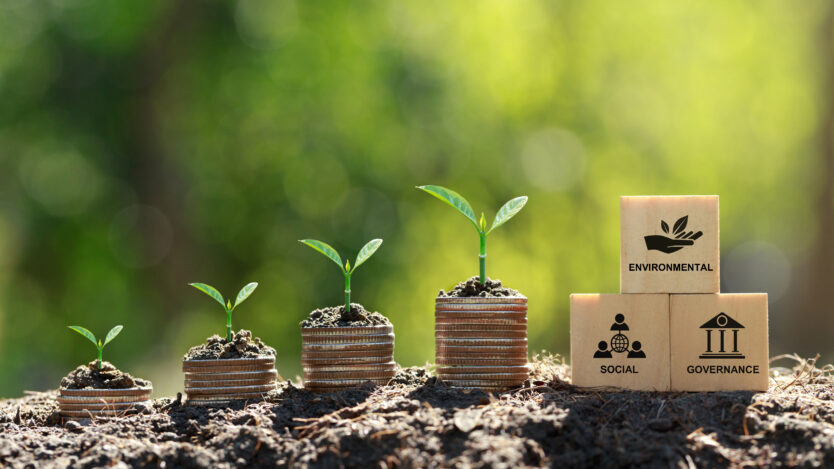Unsustainable Finance – the Golf Finance team take an alternative approach to the sustainability game and analyse why inaction is not an option for golf clubs. Nothing is unsustainable.
Sustainability is becoming an increasingly prominent term in our lives, with growing awareness of the long-term consequences of our actions. When it comes to finance, sustainability involves consideration of environmental, social, and governance factors in investment decisions, ensuring that economic activities and projects align with sustainable principles.
We are going to narrow our focus, to consider long-term sustainability in financial decision-making for golf clubs – and we can do this by contrasting what unsustainable finance looks like.
In a paradoxical sense, but a trend that is unfortunately all too common, an unsustainable finance model is set in motion by golf clubs doing nothing at all. No investment. No improvements. No upgrades. No progression of the product. Nothing.
This is unsustainable finance in action.
Many clubs are desperate for strategic investment in key areas to improve their overall product. There must be a balance between capital spending and appropriate financial forecasting, to ensure that these developments are affordable and offer a long-term return.
Coping with the cash flow demands of parting with large sums of money is hard for any business. This is especially true at golf clubs, where there is often substantial volunteer input; without which, I add, many clubs would not exist. Regularly, projects that desperately need to be undertaken are put off by committees and councils who do not have the conviction or the data to make the required decisions. The proverbial can is kicked further down the road because the size and cost of such projects can often be overwhelming.
Sadly, the outcome is often a perpetuating cycle of delay.
Take something like energy costs as an example. These expenses continue to rise, placing huge pressures on the running of clubhouse and other facilities. Could an investment and short-term financial outlay in solar panels or another alternative energy solution prove to be a long-term net gain?
Irrigation provides another critical paradigm. The average age of an irrigation system at a golf club in the UK is 37 years old – not ideal when water management is non-negotiable for turf quality. Yet, many clubs neglect to upgrade their systems, despite knowing the risks posed by water shortages and climate change. This lack of concern sadly heightens the risk of devastating outcomes given the hotter and drier summers we now experience – fewer factors could be more financially unsustainable for a golf course than losing the greens during the peak business months.
It’s worth noting the growing interest among top-tier finance houses in supporting green initiatives. These funders are increasingly eager to invest in projects that promote sustainability, often offering competitive rates to make such proposals even more appealing. This trend underscores a broader shift
towards environmentally conscious investment strategies within the financial sector.
This not only demonstrates the financial viability of such initiatives, but also highlights the potential for golf clubs and other organisations to access the necessary capital to pursue environmentally responsible practices. Such projects can make a huge difference to the long-term trajectory of the business.
In summary, the path of inaction is simply not viable. It’s imperative to take decisive steps forward; don’t do nothing.
Nothing is unsustainable.



